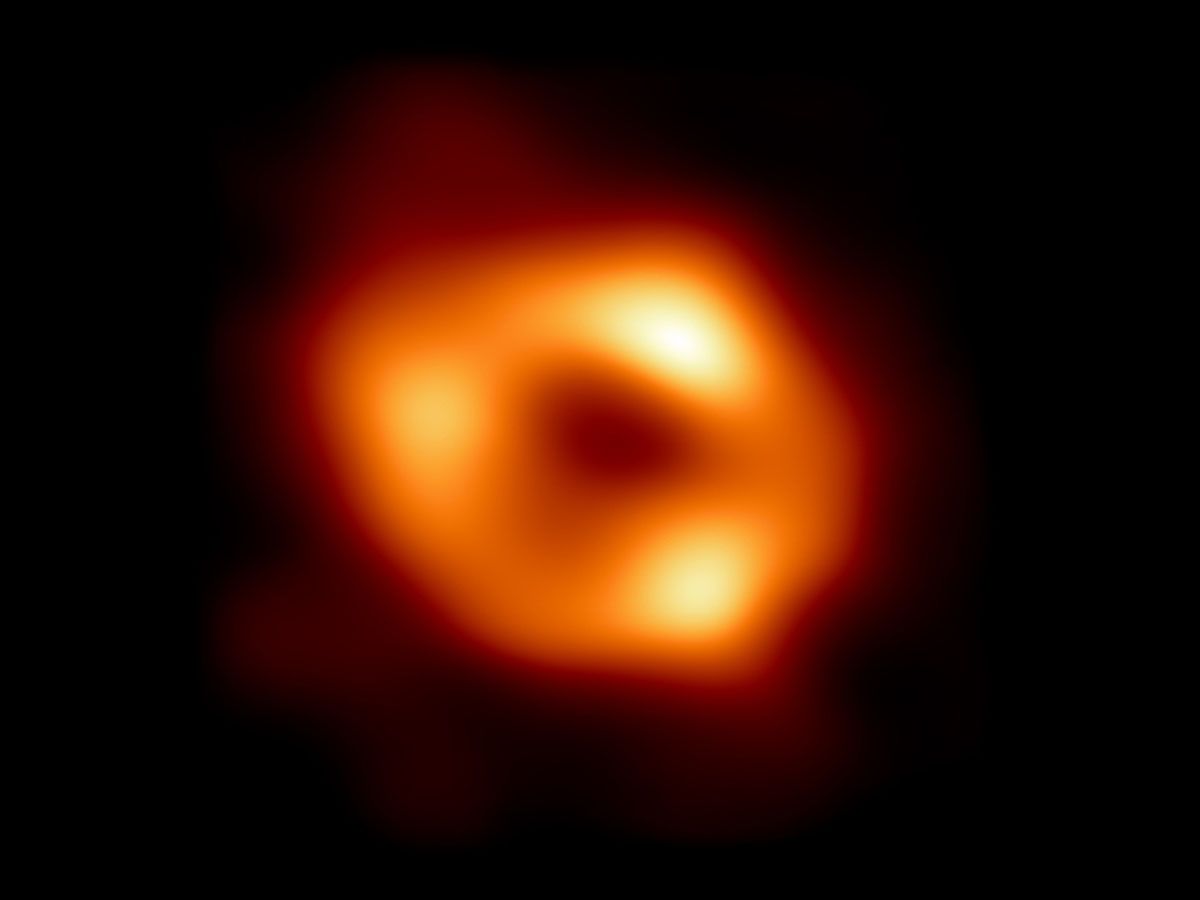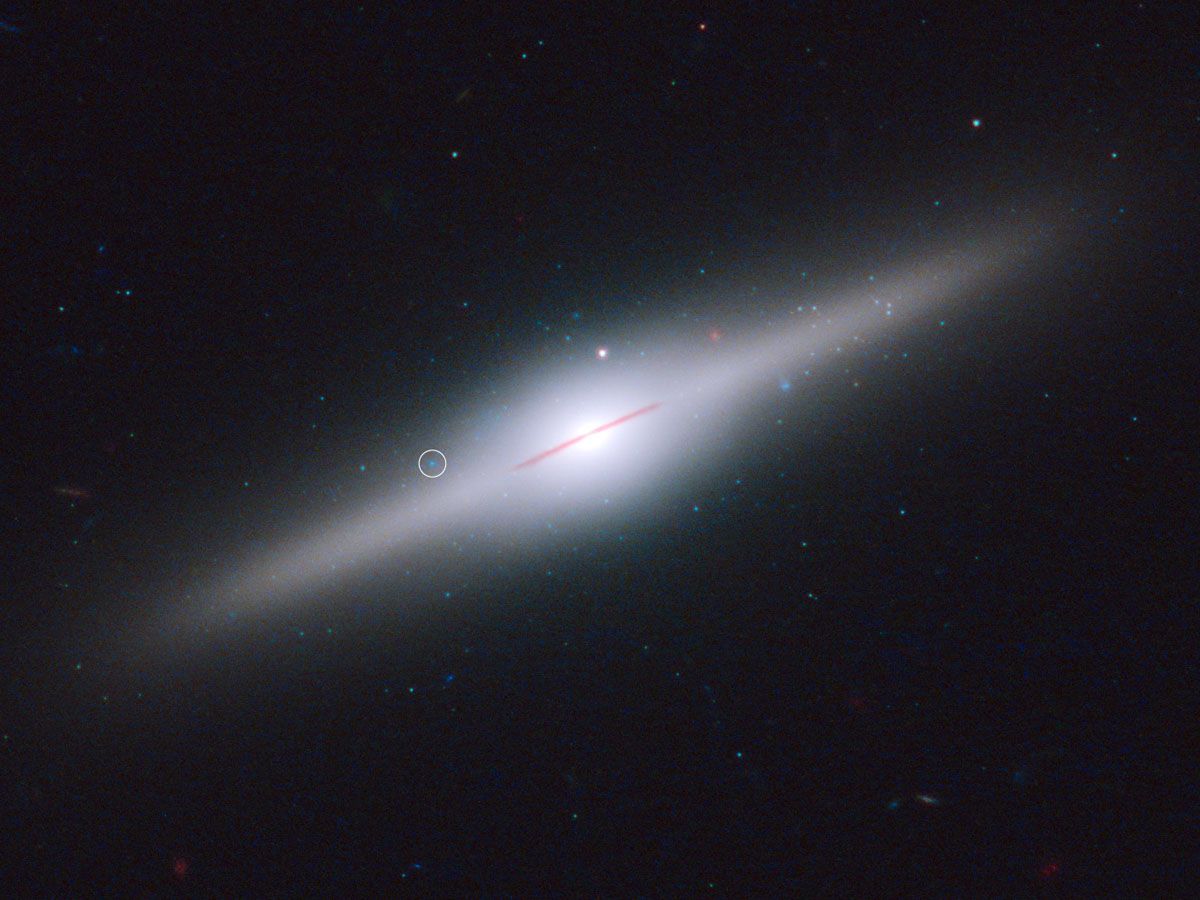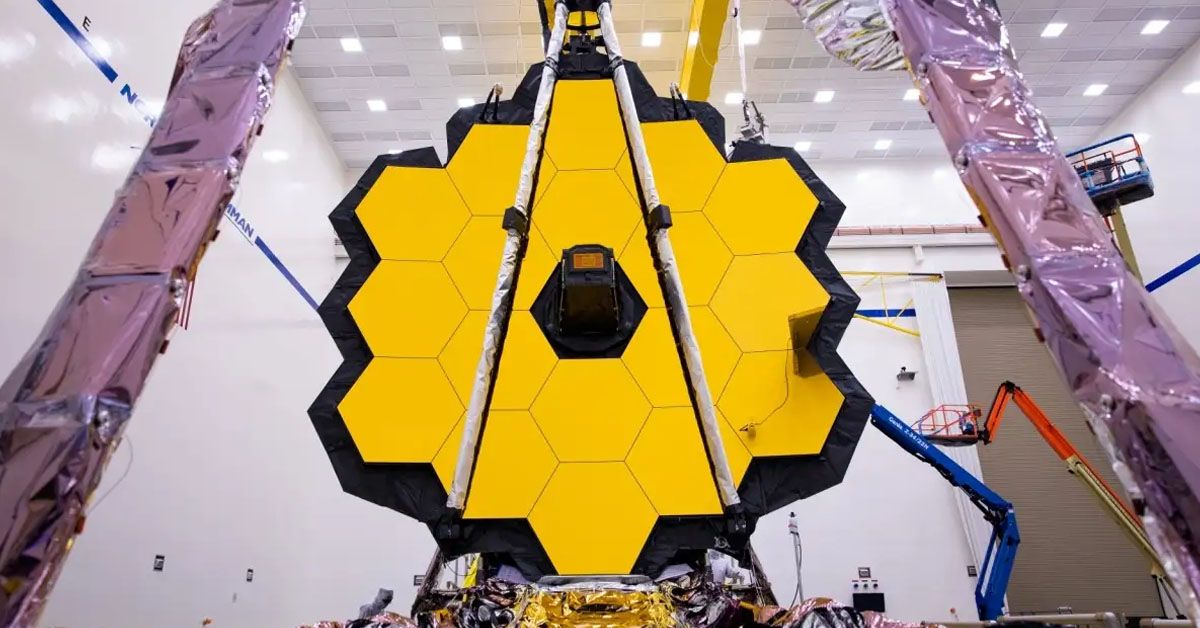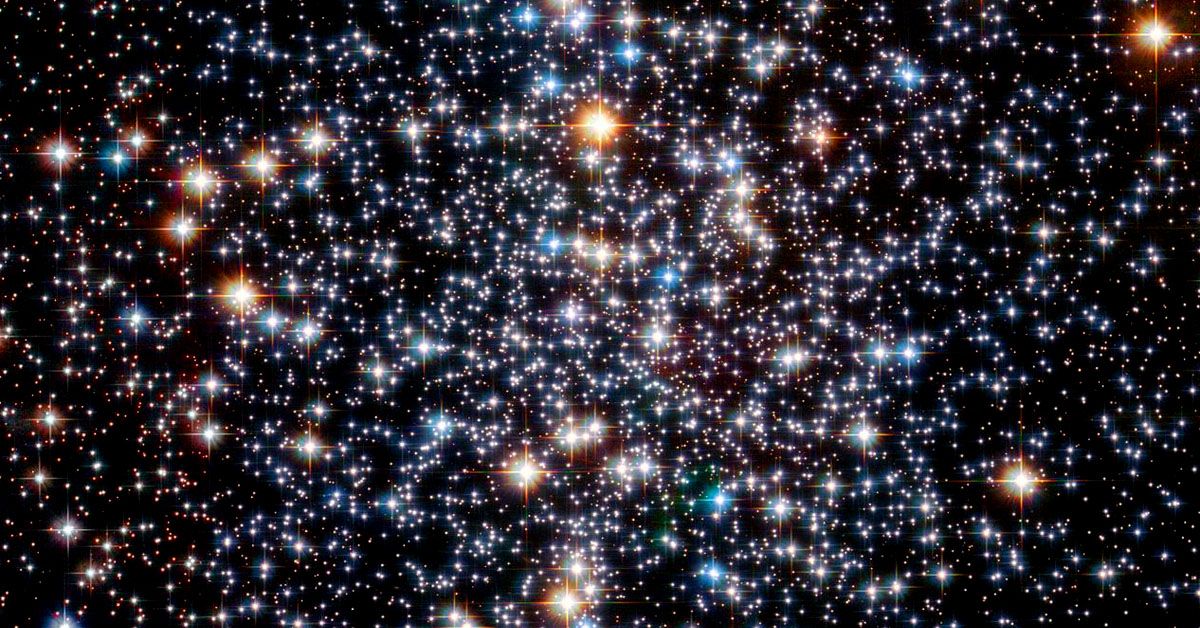In the cosmic theater of the universe, black holes have always taken center stage, enthralling scientists and space enthusiasts alike with their shrouded mysteries. Our understanding of these celestial phenomena, though expanding, has long been confined within two categories: the smaller stellar mass black holes and their supermassive counterparts. However, a new protagonist is emerging on this grand stage, the enigmatic and elusive intermediate-mass black holes (IMBHs).
Let's demystify these celestial wonders, chronicling the thrilling and intensive scientific quest to confirm their presence and decipher their elusive essence. In this journey, I will guide you through the complexities of distinct black hole classifications, plunge into significant unearthing of prospective IMBHs, and ultimately, arrive at the freshly promising findings in Messier 4.
What are Stellar-Mass Black Holes?
Imagine a celestial body so dense and powerful that it can even trap light, the fastest thing known to us! Meet stellar mass black holes, the cosmic whirlpools in our universe. These black holes typically have masses between 5 to several tens times that of our Sun.

Despite their ominous name, stellar-mass black holes don't literally "suck" things in. Instead, they warp the space around them with their extreme gravity, causing nearby matter and energy to spiral inward.
Formation of Stellar Mass Black Holes
Now, you might be wondering how these strange space objects come into being. Stellar-mass black holes are born from the remnants of massive stars. When such a star has burned out its nuclear fuel, it undergoes a dramatic explosion, known as a supernova.

This intense cosmic event can leave behind a core, if this remnant core is about three times the mass of the Sun or more, its gravity will be so strong that it collapses in on itself, forming a stellar-mass black hole.
What are Supermassive Black Holes?
Scaling up from stellar mass black holes, we enter the realm of the cosmic giants, supermassive black holes (SMBH). As the name implies, these black holes are indeed supermassive!
They pack millions, even billions, of times more mass than our Sun. This enormous size makes their gravitational influence so strong that they can dictate the motion of all stars in a galaxy.
The Residences of Supermassive Black Holes
Now, if you're looking to find a supermassive black hole, where should you look? The answer is surprisingly close to home or rather, at the center of every galaxy. Our own Milky Way houses a supermassive black hole named Sagittarius A* at its heart.

So, these behemoth black holes aren't just wandering through space. They are reigning over galaxies, right from their cores!
The Mystery of Intermediate-Mass Black Holes
Let's shift our gaze to the mysterious, less-understood members of the black hole family: the intermediate-mass black holes (IMBHs). These cosmic objects are thought to be the "middle child" of black holes, with masses ranging from 100 to 100,000 times that of the Sun. This places them squarely between stellar mass and supermassive black holes, hence the name.
The existence of intermediate-mass black holes is still a matter of active scientific debate. Why? Well, they're pretty hard to find! Scientists have started to turn up potential IMBH candidates only in recent years, sparking renewed enthusiasm and momentum in this cosmic treasure hunt.
They're discovered by carefully observing unusual cosmic events like electromagnetic flares, which occur when these hungry black holes consume nearby stars. So, while IMBHs remain elusive, the hunt is far from over, and scientists are continuously developing new methods to pin down these cosmic middleweights.
Notable Discoveries of Potential Intermediate-Mass Black Holes
HLX-1 and GW 190521
Let's spotlight some thrilling potential intermediate-mass black hole discoveries, starting with HLX-1 and GW 190521. HLX-1, short for Hyper-Luminous X-ray source 1, is located towards the edge of the galaxy ESO 243-49. This object has generated quite a buzz in the scientific community because it's too bright for a regular X-ray source, suggesting it may be an IMBH.

Then there's GW 190521 - this isn't a location, but a gravitational wave signal detected by LIGO and Virgo observatories in 2019. Scientists believe this signal resulted from a collision between two black holes, forming a new one about 142 times the mass of the Sun, another potential IMBH!
J 2150 (3XMM J215022.4 055108) and Findings from Instituto de Astrofísica de Canarias
On to other promising finds, let's look at the mouthful named J 2150 (3XMM J215022.4 055108). Discovered by the European Space Agency's XMM-Newton space telescope, this intriguing object, located in a star cluster on the outskirts of the Andromeda Galaxy, might also be an IMBH.

Additionally, researchers from the Instituto de Astrofísica de Canarias in Spain have found several potential IMBH candidates by examining dense star clusters known as globular clusters, shining a new light on these elusive entities.
A Dark Mass in Messier 4: Evidence of an Intermediate-Mass Black Hole?
We're now moving on to one of the most striking discoveries in recent years, found in Messier 4 (M4), a globular cluster in our own galaxy. A team of international scientists observed an odd motion of stars in the center of M4. These stars seemed to be affected by some invisible, yet massive object, possibly an IMBH.
What makes this dark mass in M4's core so captivating? Well, if this unseen mass is indeed an IMBH, it could help to bridge the gap between stellar mass and supermassive black holes. It's like finding a missing piece in a cosmic jigsaw puzzle! However, further studies and observations are needed to confirm this intriguing possibility.
The Future of Black Hole Research
Let's look forward to the future of black hole research. We've learned a lot, but there's still a vast cosmic ocean waiting to be explored. Continued observations and studies are vital to confirm the existence of IMBHs and expand our understanding of the universe. Every new discovery brings us closer to unlocking the mysteries that black holes hold.

In our quest to better understand black holes, the Hubble, Gaia, and the soon-to-be-launched James Webb Space Telescopes play crucial roles. These eye-in-the-sky instruments have been and will continue to be, our trusty guides in exploring the cosmos. With the powerful observations they provide, who knows what exciting discoveries await us in the depths of space? Our journey in understanding these cosmic enigmas is far from over!
Sources: esahubble.org / nasa.gov / universetoday.com / livescience.com













